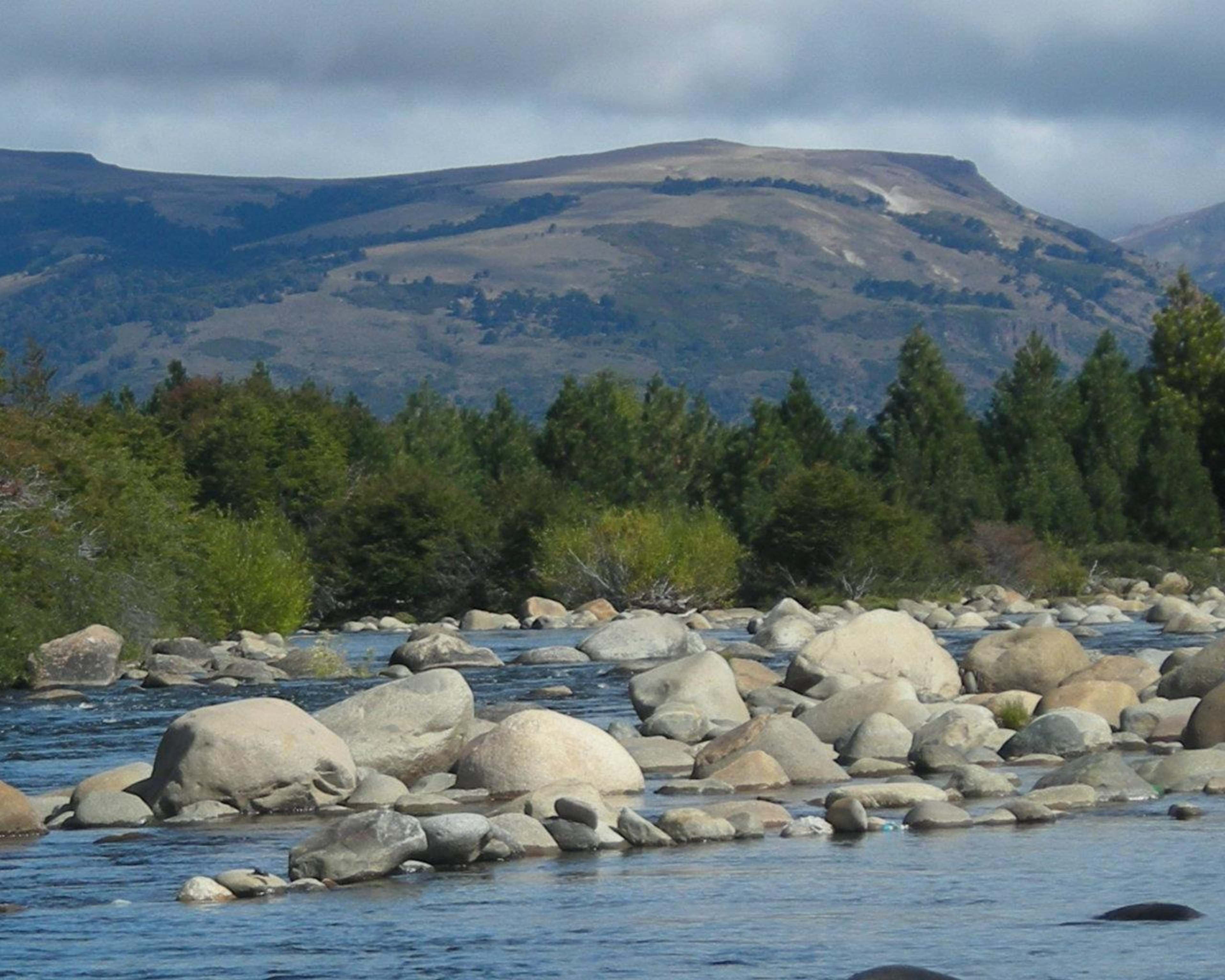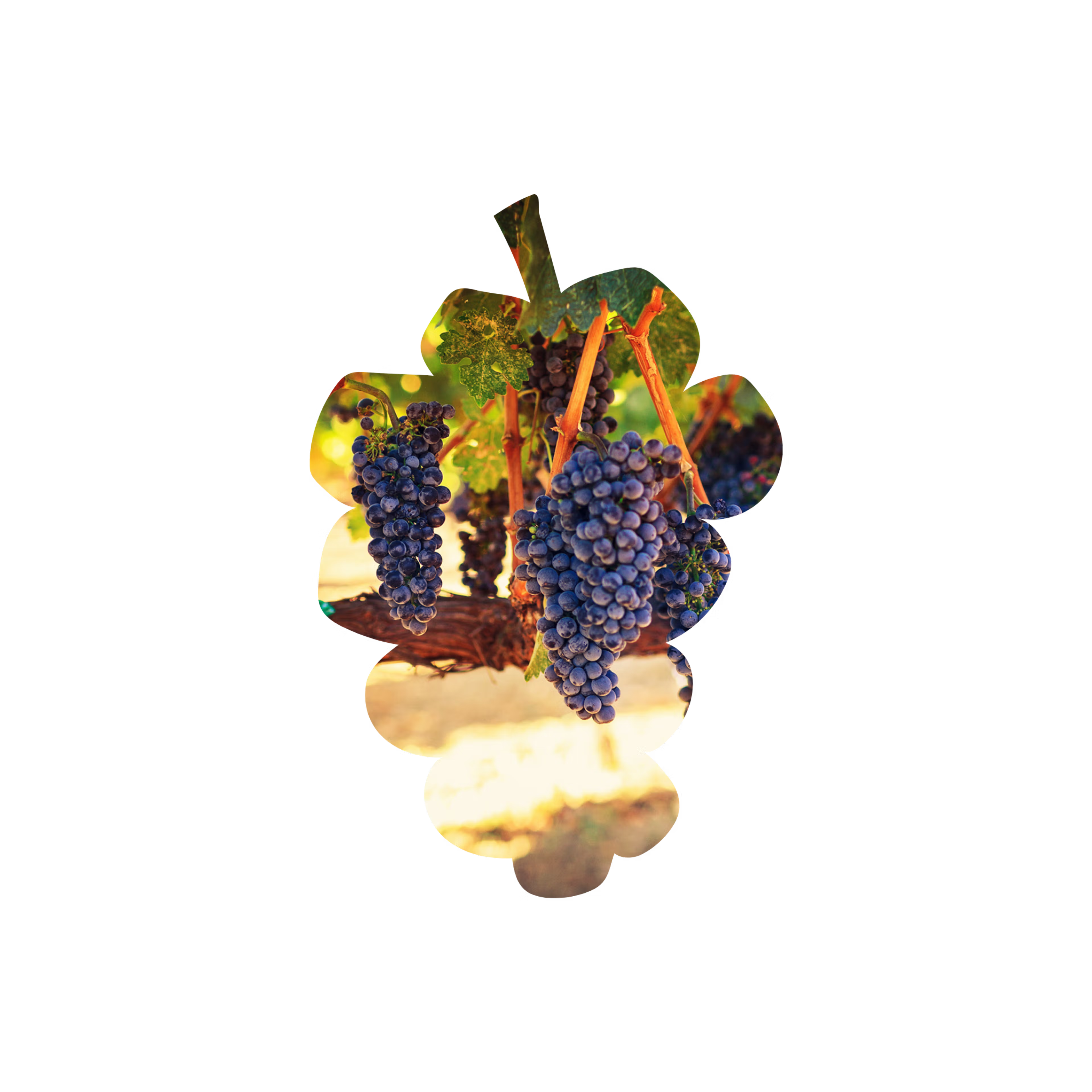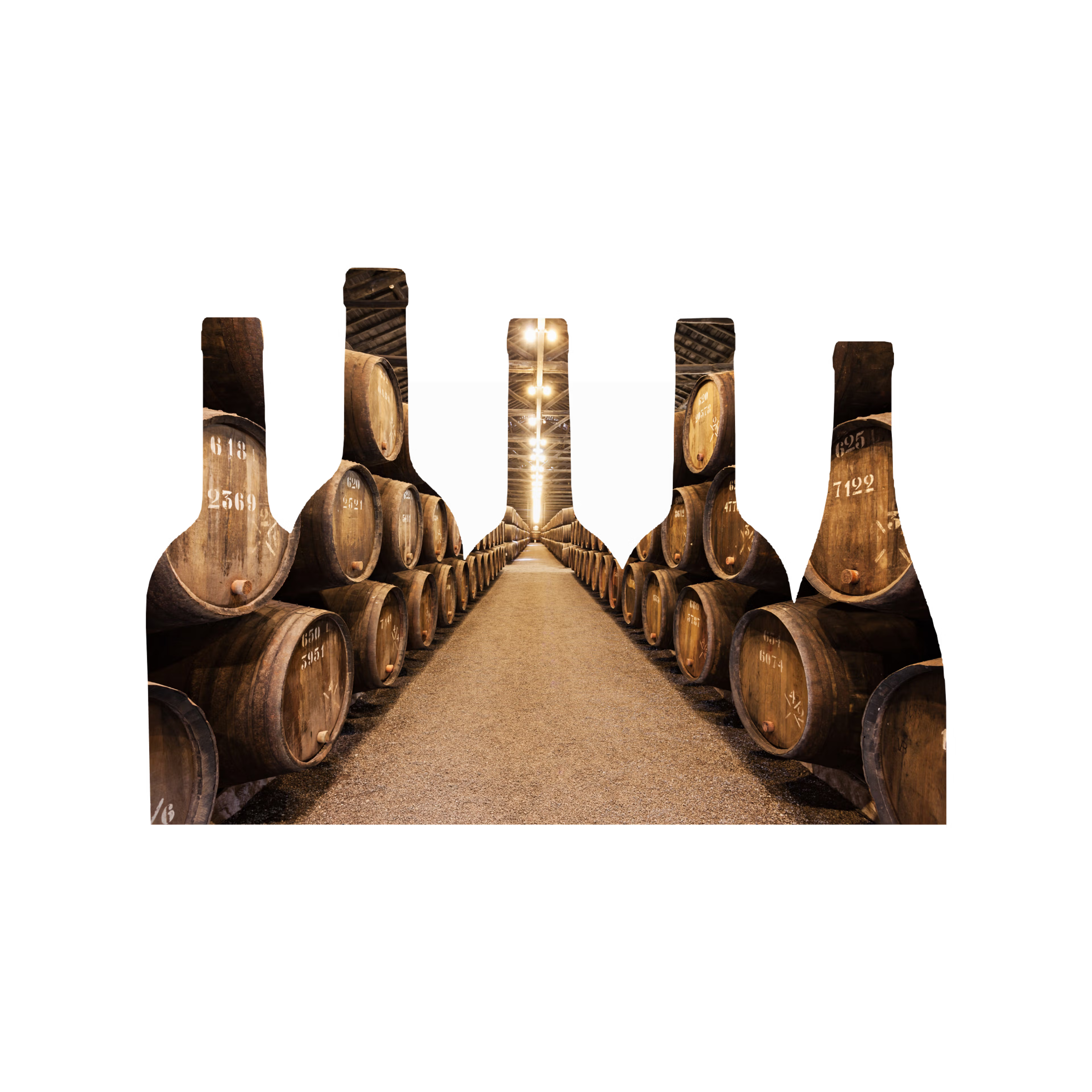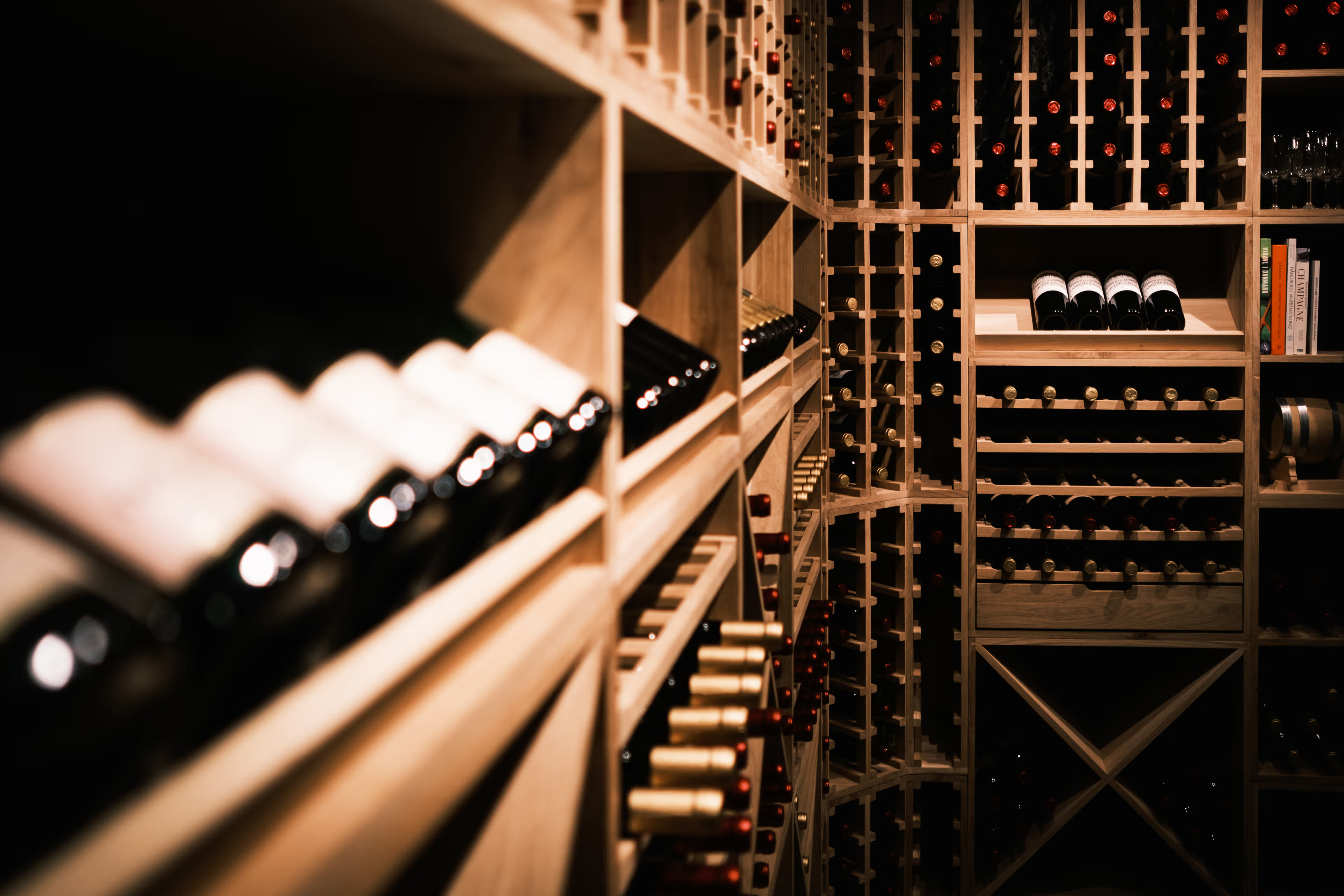

Patagonia: Cool-climate elegance in Argentina
From the southernmost vineyards, Patagonia produces wines that combine freshness with complexity—discover this cool-climate paradise for wine lovers.
Wine is the most civilized thing in the world.
- Ernest Hemingway
Patagonia: Argentina’s cool-climate wine region
Nestled at the southern tip of Argentina, Patagonia is a region where the windswept vineyards thrive in a cool climate, giving birth to some of the most elegant wines in the country. The harsh climate and unique terroir create wines with incredible finesse and complexity, from crisp whites to rich reds. Known for its emphasis on quality and the preservation of natural freshness, Patagonia’s wines are increasingly recognized on the international stage.
The cooler climate of Patagonia, which benefits from its proximity to the Southern Ocean and the Andes mountain range, allows for slow ripening and the development of wines that are both refined and expressive. The region is particularly famed for its Pinot Noir and Chardonnay, which thrive in the fresh, sunny days and cool nights, allowing these varieties to develop a distinct character, often marked by minerality and bright acidity. Patagonia’s signature red wine, Malbec, also takes on a new identity in this cool-climate region, offering a more restrained, nuanced expression compared to other Argentine regions.

Explore the famous sub-regions of Patagonia
Neuquén & Río Negro: The heart of Patagonia’s wine production
Patagonia’s diverse terroir and climate give rise to wines of incredible character and refinement. Two sub-regions stand out for their quality and unique expressions: Neuquén and Río Negro. These areas have become the focal points for Patagonia’s wine production, each contributing its own distinct flavors and style to the region’s growing reputation.
🍇 Neuquén – Located just to the north of Río Negro, Neuquén is known for its fresh, fruit-forward wines, particularly its Pinot Noir and Sauvignon Blanc. The region’s climate, influenced by its proximity to the Andes mountains and the Southern Ocean, provides the perfect conditions for these cool-climate varieties. Wines from Neuquén are known for their bright acidity, freshness, and balanced structure, making them perfect for pairing with a variety of dishes. The wines produced here reflect the region’s relatively young vineyards, which are now producing increasingly complex and sophisticated expressions.
🍇 Río Negro – Further south, Río Negro is a region that has become synonymous with structured red wines, including Malbec, Merlot, and Cabernet Franc. The cool climate of Río Negro allows these varieties to ripen slowly, resulting in wines with deep color, rich tannins, and layers of flavor. The longer growing season enhances the aromatic complexity of the wines, which often feature dark fruit notes, hints of spice, and a characteristic minerality. The region is known for producing wines that are elegant yet powerful, with great aging potential.

The grapes behind Patagonia’s distinct wines
Pinot noir, Malbec, chardonnay: Patagonia’s signature grapes
Patagonia’s cool climate allows for the cultivation of some of the world’s most elegant and expressive grape varieties. The combination of unique terroirs and extended growing seasons results in wines that are known for their finesse and complexity.
🍇 Pinot noir – Patagonia’s cool climate is ideal for growing Pinot Noir, a grape that thrives in conditions where slow ripening and high acidity are key. Wines made from Pinot Noir in Patagonia are known for their elegance, with aromas of red berries, floral notes, and a subtle earthiness. The wines are medium-bodied, with a silky texture and bright acidity, making them perfect for pairing with a wide range of dishes, from roasted meats to rich seafood.
🍇 Malbec – While Malbec is known throughout Argentina, Patagonia offers a cooler take on this iconic variety. Malbec from this region is typically less intense than its counterparts in Mendoza, with a more refined expression that emphasizes balance and elegance. These wines feature dark fruit flavors, hints of chocolate and spice, and soft tannins, making them accessible and approachable even in their youth.
🍇 Chardonnay – Patagonia’s Chardonnay wines are marked by their fresh acidity, minerality, and citrus-driven flavors. The cooler climate slows down the ripening process, allowing the grapes to develop more complex flavors. Wines from this region are often characterized by crisp acidity, with notes of green apple, lemon zest, and subtle oak influence, making them a perfect complement to seafood or light poultry dishes.

Explore the notable producers of Patagonia
Bodega del Fin del Mundo & Humberto Canale: Icons of Patagonian winemaking
Patagonia is home to a range of talented wineries that have helped elevate the region’s reputation on the international wine scene. Among the most notable producers are Bodega del Fin del Mundo and Humberto Canale, both of which have played a significant role in shaping the identity of Patagonian wines.
🍇 Bodega del Fin del Mundo – Located in Neuquén, Bodega del Fin del Mundo is one of Patagonia’s largest and most influential wineries. Established in 1999, the winery focuses on producing wines that showcase the region’s cool climate and exceptional terroir. Bodega del Fin del Mundo is particularly known for its Pinot Noir and Malbec, both of which express the unique character of Patagonia’s climate. The winery combines modern winemaking techniques with a commitment to sustainable practices, producing wines that are both high in quality and environmentally responsible.
🍇 Humberto Canale – Founded in 1909, Humberto Canale is one of Patagonia’s oldest and most respected wineries. Based in Río Negro, this family-owned winery has a long history of producing high-quality wines that reflect the region’s cool climate and rich terroir. Humberto Canale is known for its commitment to traditional winemaking techniques and its focus on producing premium red wines, including Malbec, Merlot, and Cabernet Franc. The winery’s wines are known for their elegance, structure, and aging potential, making them a favorite among collectors and wine enthusiasts alike.
Explore the famous vintages of Patagonia
Patagonia has produced several outstanding vintages that have helped solidify its place in the world of fine wine. The following vintages are particularly notable for their balance, elegance, and aging potential, showcasing the region’s ability to produce wines of exceptional quality year after year.
📅 2013 – Known for its cool growing season, 2013 was a vintage that allowed the grapes to ripen slowly, resulting in wines with excellent balance and bright acidity. Pinot Noir from this vintage is particularly noted for its fresh fruit character, with vibrant red berry flavors and subtle earthy notes. Malbec from 2013 also stands out for its refined structure and soft tannins, making it a vintage that is approachable even in its youth.
📅 2015 – A warm year, 2015 produced wines with ripe fruit flavors and excellent concentration. Pinot Noir from this vintage is characterized by its complexity and depth, with layers of red fruit and floral notes, as well as a silky texture. Malbec and Merlot wines from 2015 are rich and structured, with deep color and dark fruit flavors, balanced by a lively acidity that promises excellent aging potential.
📅 2018 – A year with ideal conditions for grape ripening, 2018 produced wines with great purity and freshness. The cooler temperatures preserved the acidity of the grapes, resulting in wines that are both crisp and expressive. Pinot Noir from this vintage is particularly elegant, with delicate aromas of red berries and a fresh, mineral-driven palate. Malbec from 2018 shows excellent balance, with fine tannins and bright fruit flavors, making it a standout vintage for both current enjoyment and future aging.
Store your Patagonia wines at the perfect temperature
Explore our wine coolers →
Present your Patagonia wine collection with style
Find your perfect wine rack here →
Patagonia: A Cool-climate Wine Region Defined by Elegance
Patagonia, Argentina’s southernmost wine region, is known for its cool-climate conditions, which allow for the cultivation of grapes that produce wines of exceptional finesse and structure. With its pristine landscapes and challenging growing conditions, Patagonia’s wines are unique, combining freshness and complexity in every bottle. The region’s winemaking methods reflect a careful balance between tradition and innovation, resulting in wines that are widely respected around the world.
The Role of Terroir in Patagonia’s Wine Production
Patagonia’s terroir is integral to the success of its wines. The combination of high altitudes, cool temperatures, and proximity to both the Andes mountains and the Southern Ocean creates a perfect environment for slow-ripening grapes. The region’s vineyards experience long, sunny days and cool nights, which help preserve acidity and promote the development of rich, complex flavors in the grapes.
The cool climate is particularly beneficial for white wine varieties such as Chardonnay and Sauvignon Blanc, which benefit from the extended growing season. The slow ripening process helps develop fresh, mineral-driven profiles, with crisp acidity that balances the richness of the fruit. Red wine varieties such as Pinot Noir and Malbec also thrive in Patagonia’s cooler conditions, offering more refined and elegant expressions compared to other warmer regions in Argentina.
Signature Grape Varieties in Patagonia
Patagonia is home to several iconic grape varieties, each of which reflects the region’s unique terroir. The most notable varieties include Pinot Noir, Malbec, and Chardonnay. These grapes have found a home in Patagonia’s cool climate, resulting in wines with remarkable freshness and complexity.
Pinot Noir
Patagonia’s Pinot Noir is renowned for its elegance and balance. The cooler temperatures help preserve the natural acidity of the grape, resulting in wines with vibrant red fruit flavors, floral aromas, and a silky texture. These wines often feature delicate notes of cherry, raspberry, and rose petals, making them a favorite among those who appreciate light yet complex reds.
Malbec
While Malbec is famous throughout Argentina, Patagonia offers a cooler, more refined expression of this variety. Patagonia’s Malbec wines are known for their subtlety and finesse, with flavors of dark fruit, plum, and a touch of spice. The cool climate brings out a more structured, mineral character in the wine, making it less intense than its counterparts from other regions like Mendoza.
Chardonnay
Patagonia’s cool climate is ideal for Chardonnay, producing wines that are fresh, crisp, and mineral-driven. These wines feature citrus-driven flavors, often with notes of green apple, lemon zest, and subtle oak influence. Chardonnay from Patagonia is known for its perfect balance between richness and acidity, making it a versatile wine for pairing with a wide range of dishes.
Winemaking Techniques in Patagonia
Winemakers in Patagonia combine traditional practices with modern techniques to create wines that highlight the region’s unique terroir. Most wineries in Patagonia focus on minimal intervention in the vineyard and winery, allowing the natural environment to shape the wine. Techniques such as cold fermentation, oak aging, and careful vineyard management help preserve the fresh, fruit-forward character of Patagonia’s wines while allowing the natural flavors to shine through.
Key producers like Bodega del Fin del Mundo and Humberto Canale have been at the forefront of Patagonian winemaking, using innovative approaches to bring out the best in the region’s unique grapes. These producers focus on producing wines that reflect Patagonia’s cool-climate character, with an emphasis on elegance, balance, and precision.
Conclusion
Patagonia is a cool-climate region that has quickly earned its place among Argentina’s most respected wine regions. With its exceptional terroir, diverse grape varieties, and innovative winemaking techniques, Patagonia produces wines that are both elegant and complex. Whether it’s the fresh and vibrant Pinot Noir, the refined Malbec, or the crisp Chardonnay, Patagonia’s wines offer something for every wine lover, showcasing the true essence of this remarkable region.